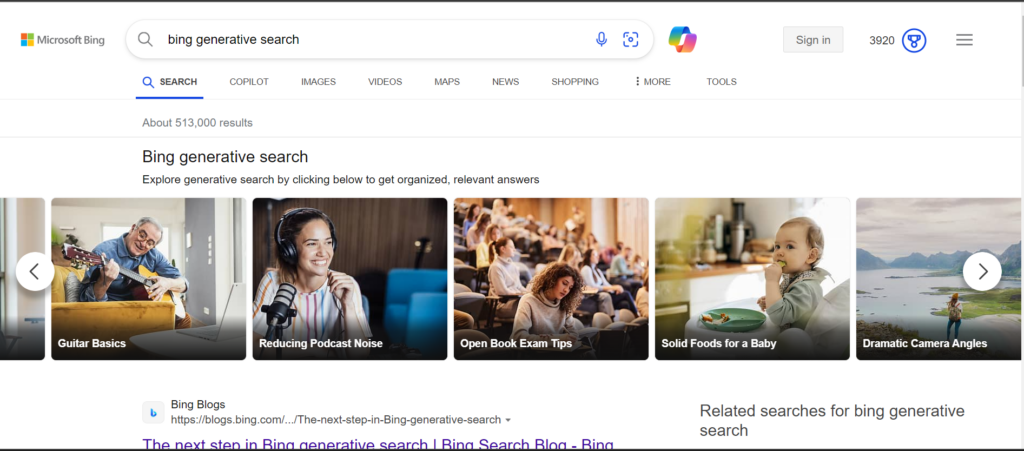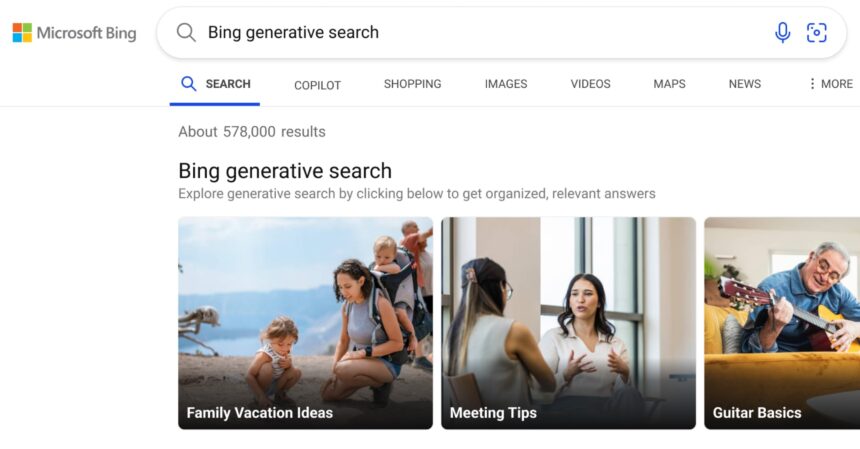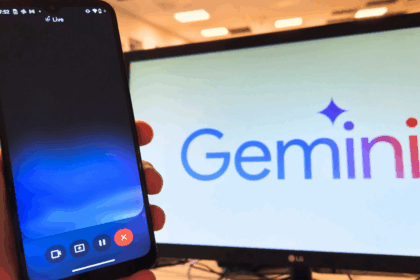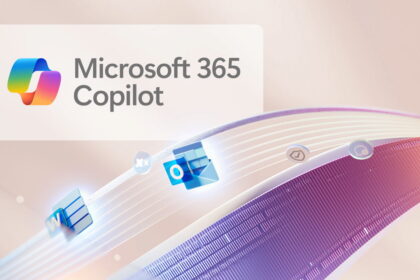Tech giant Microsoft has recently rolled out a suite of artificial intelligence (AI) enhancements across its product line, marking a significant leap in its AI capabilities. The company has introduced several new features and updates, focusing on improving user experience and expanding the functionality of its existing tools.
A major highlight is the revamped Copilot, Microsoft’s AI assistant, which now boasts advanced features such as “Copilot Voice” and “Copilot Vision.” These additions aim to provide users with more intuitive and versatile ways to interact with the AI.
While in the Bing search, Microsoft has taken Bing’s generative search capabilities to new heights. Initially introduced in July 2023, this feature has been expanded to handle more complex queries.
The search results for these intricate inquiries are now presented in a more cohesive and interactive layout, reminiscent of Google’s “AI Overview” feature. Currently, this update is being gradually implemented in the United States.
For users eager to experience this enhanced search functionality, Microsoft has reintroduced the “Deep Search” option on Bing. This GPT-powered feature, which takes approximately 30 seconds to complete a search, has significantly improved since its initial launch in December 2023.
How to Try Bing’s New Generative Search
Microsoft has provided instructions for users eager to experience the new generative search capabilities firsthand. Here’s how you can access this feature:
- Visit Bing’s homepage in the United States.
- Type “Bing generative search” into the search bar.
- You’ll be presented with a carousel of sample queries from which to choose.

“You’ll be met with a carousel of queries to select and demo, allowing you to experience how generative search can deliver more relevant and comprehensive answers for a wide range of topics,” Microsoft explained.
This interactive demonstration allows users to explore the enhanced capabilities of Bing’s generative search across various subjects, showcasing its ability to provide more detailed and contextually relevant results.
It’s important to note that this feature is currently being rolled out gradually in the United States. Users in other regions may need to wait for the global release to access this new search experience.










